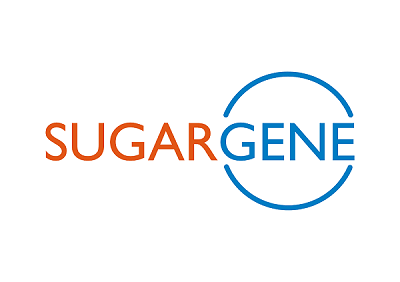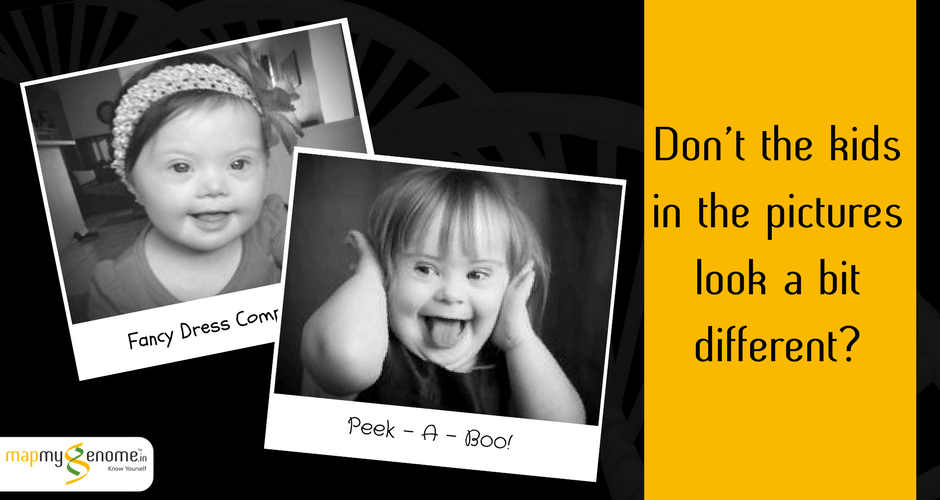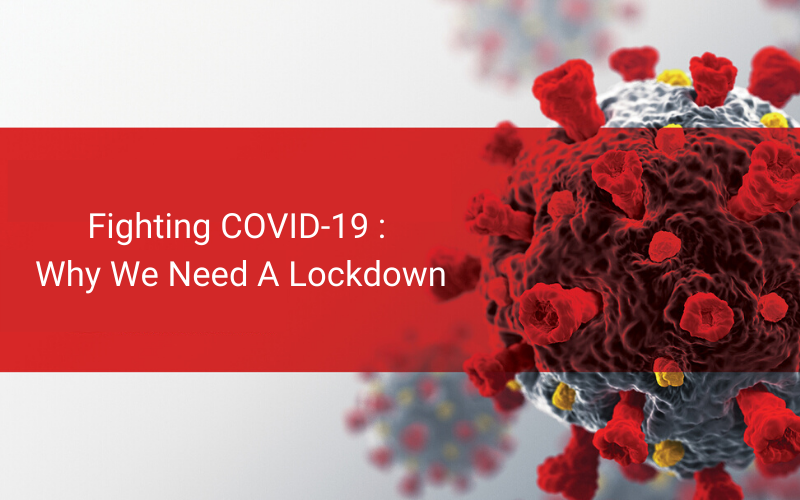
It is World Down Syndrome Day today. There will be several places where you will read about chromosomes, the number 21, prenatal screening, and genetic testing. This is not going to be one of those places. You will likely look up “mental retardation” and “dysmorphic features” as they come flying at you from your phone or computer screen as the “most distinctive features” of Down Syndrome. There will be no descriptions of eyes or noses here. What I write about today, is beyond a clinical diagnosis. It is a social perspective that is much missing in how we see individuals for whom Down Syndrome also happens to be a part of their identity. That’s right, a part of who they are.
The “problem”, isn’t Down Syndrome. The problem, is the prevailing perspective. For Down Syndrome, this begins before birth when the purpose of genetic screening is vastly misunderstood and is, most sadly, misrepresented – sometimes so subconsciously that we may not even realize it – as a way to “weed out” what is perceived as an “inferior” life. When perceptions like these are conveyed – actively or subconsciously – they are taught and they are learnt. And, before you know it, a perspective becomes “the truth”. The truth is that this perspective is reflective more of a world of the chromosomally “normal” majority, unable to include and accept differences, behind a veil of medical concerns, than about true understanding of a person with Down Syndrome. It’s not hard to imagine that having a baby comes with its rewards and challenges; and people will have different responses to the possibility of having, raising and loving a child with Down Syndrome; and I believe in reproductive choice.
But where is the choice when most of the information that facilitates decision making is skewed to an intimidating and scary world of mental retardation, risks for heart defects, intestinal blockages, cataracts, respiratory and hearing problems, Alzheimer’s, thyroid issues and childhood leukemias? Most of these conditions are treatable and here is the truth:
- About 1 in every 100 baby is born with a heart defect. Out of these babies, about 25% have heart defects that are critical. Corrective heart surgery before 5 or 6 months of age is recommended in order to prevent lung damage. Successful surgery will allow many children with heart conditions to thrive as well as any child who is born with a normal heart.
- The type of intestinal blockage called ‘duodenal atresia’ is diagnosed between 1/10,000 and 1/6,000 live births. 80-90% of these are diagnosed prenatally and management involves surgical correction within the first year. Post-operative complications are rare and, in fact, the outlook for newborns with early surgical intervention is excellent.
- About 3 million people in America alone have cataract surgery with a 98% success rate. The statistics for India are comparable.
- 360 million persons in the world have disabling hearing loss. Hearing loss affects children in significant ways as it impedes the development of speech and language. Language deficits can cause learning problems and may have an impact on vocational choices, and difficulties in communication often lead to social isolation and poor self-concept. Newborn screening for hearing loss can identify babies with hearing loss and a choice between adopting sign language, hearing aids, or corrective surgery can be made in order to maximize the child’s potential for self, professional and social development.
- All newborns should be screened for low thyroid as it is a treatable cause of mental retardation. Early detection and treatment are essential in order to maximize cognitive abilities.
- Approximately every 3 minutes one person in the United States (US) is diagnosed with a blood cancer. The survival rate has improved dramatically from 14% in 1960s and is now 60.3%.
Coming back to Down Syndrome
People with Down Syndrome can live long and healthy lives. The life expectancy for someone with Down Syndrome was 25 years in the early 1980s and is 60 years today because of the well established treatments for conditions that are common in people without Down Syndrome as well.
Which leaves us with the final two “symptoms” of Down Syndrome. These get the most attention or, dare I say, stigma. They are, mental retardation and characteristic facial features.
The words of French philosopher, Simone Well come to mind here: “The intelligent man who is proud of his intelligence is like the condemned man who is proud of his large cell”. It is my thought that human pride (and envy?) towards intelligence has, as a sequella, resulted in our obsession with it. We even have a chart for it!
The DSM-5 Intellectual Disability Fact Sheet revised the DSM-4 diagnosis of mental retardation to a diagnosis of intellectual disability. This significant change is certainly not just another patronizing euphemism. It addresses the impact of a diagnosis on a person’s functioning, and criteria improvements to encourage more comprehensive patient assessment aimed at the development of a treatment plan. Not a labelling plan; not a shaming plan; not a stigmatizing plan; not a medically, professionally, socially discriminatory plan. A treatment plan to maximize potential.
All people with Down Syndrome have intellectual disability ranging from mild to moderate, but this is different for each person and is most definitely not indicative of the strengths, talents, or personalities. Across the globe, people with Down Syndrome go to school, participate in decisions that affect them, work, have meaningful relationships, and are productive members of society. While conceptual, social, and practical intelligence play an unquestionable role in our ability to function in everyday life, the DSM-5 tells us what every parent who has a child with Down Syndrome, every kid who has a sibling or friend with Down Syndrome, every boss who has an employee with Down Syndrome, and every single person who has Down Syndrome already knows.
“IQ is not the defining factor of a person’s overall ability.”
And that leaves us with “characteristic facial features”. If that is a “problem”, it has nothing to do with Down Syndrome and is beyond the scope of this post (but maybe this video might help). It is, also, beyond the scope of science and medicine; and I have nothing to say, except…
Where there is true acceptance, there is no pride, no shame, no stigma.
Just acceptance.
Originally Published on LinkedIn Pulse
Get Down, Dig Deeper
It is World Down Syndrome Day today. There will be several places where you will read about chromosomes, the number 21, prenatal screening, and genetic testing. This is not going to be one of those places.
Pooja Ramchandran | LinkedIn
Pooja Ramchandran is the Principal Genetic Counselor at Mapmygenome and a specialist in personal genomics and preconception, IVF, prenatal, pediatric and cancer genetics. An opinion leader, she is a much sought after expert in a niche profession.





